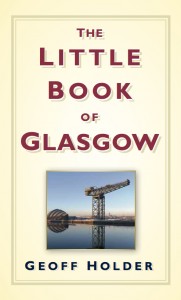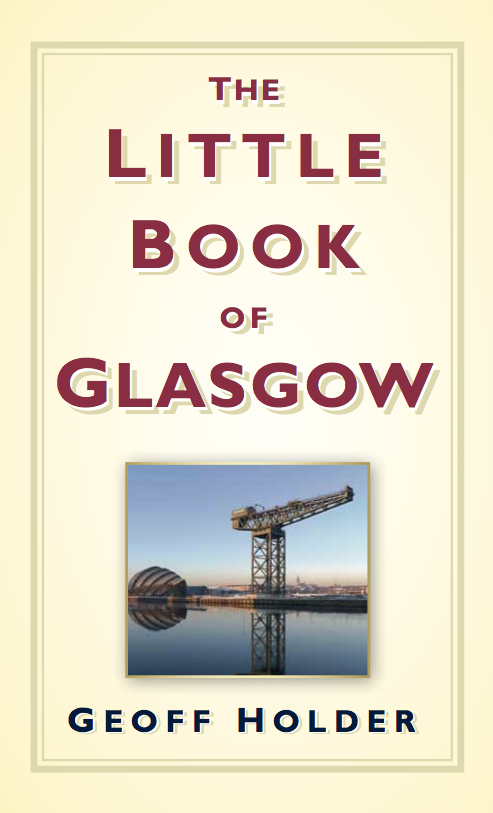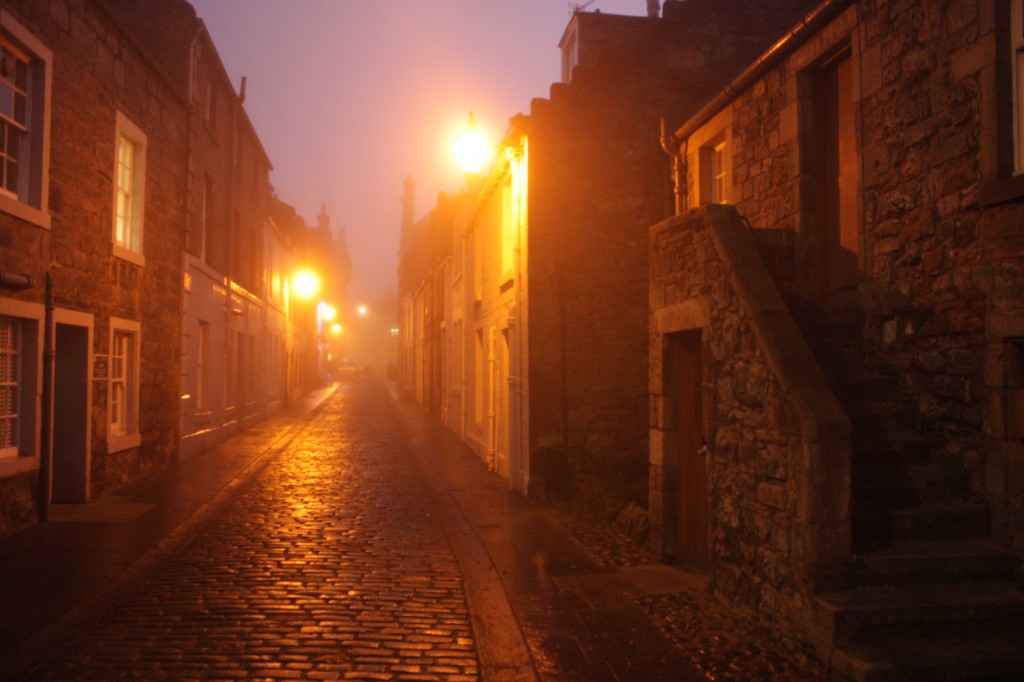
My next publication, The Little Book of Glasgow, officially hits the shops on 21st November. It is basically ‘1000 things you didn’t know about Glasgow’ – a mix of trivia, facts, bizarre historical titbits, artistic achievements, and peculiarities of animal and human behaviour.
If you do know Glasgow, I hope it will shine a light on areas that were previously in shadow; and if you are new to the city, welcome to its leftfield wonders.
The book is divided up into nine chapters:
Places – Here and Now, Then and There
The River Clyde and other Waterways
Wars, Battles and Riots
Crime and Punishment
Transports of Delight – From Trains to Trams, and from Stagecoaches to Seaplanes
Food and Drink
City of Culture
Sports and Games
The Natural World
The book will tell you where to find sculptures of a Native American chief and an Egyptian pharaoh; which Glasgow-set film was actually filmed in London; how many pairs of shoes were fleeced from the city’s textile manufacturers by Bonnie Prince Charlie’s Jacobites; the story of how chicken tikka masala was invented in the city; and how Glasgow saved Britain in World War II.
There’s also oodles of stuff on everything from Glaswegian poets and authors of graphic novels to the tiger escape at Glasgow Zoo, the speed of 18th-century stagecoaches, and an investigation into deep-fried Mars Bars.
My favourite episode comes from the 1960s. A porpoise was discovered in a forgotten sack in the gents toilet at Central Station. It was never claimed and its skeleton is in the Kelvingrove Museum. Please, no jokes along the lines of “I’ve lost my porpoise in life.”
 The Little Book of Glasgow is now officially published. A funny, fast-paced, fact-packed compendium of frivolous, fantastic and strange facts about Glasgow, it is, to use the conventional phrase, the perfect Christmas gift.
The Little Book of Glasgow is now officially published. A funny, fast-paced, fact-packed compendium of frivolous, fantastic and strange facts about Glasgow, it is, to use the conventional phrase, the perfect Christmas gift.


